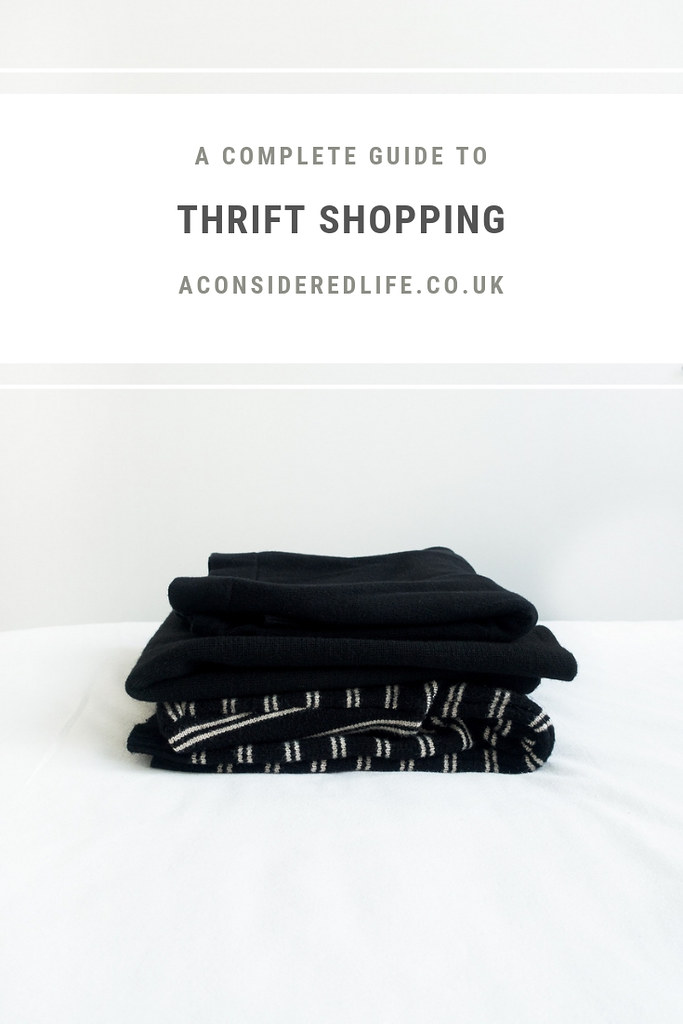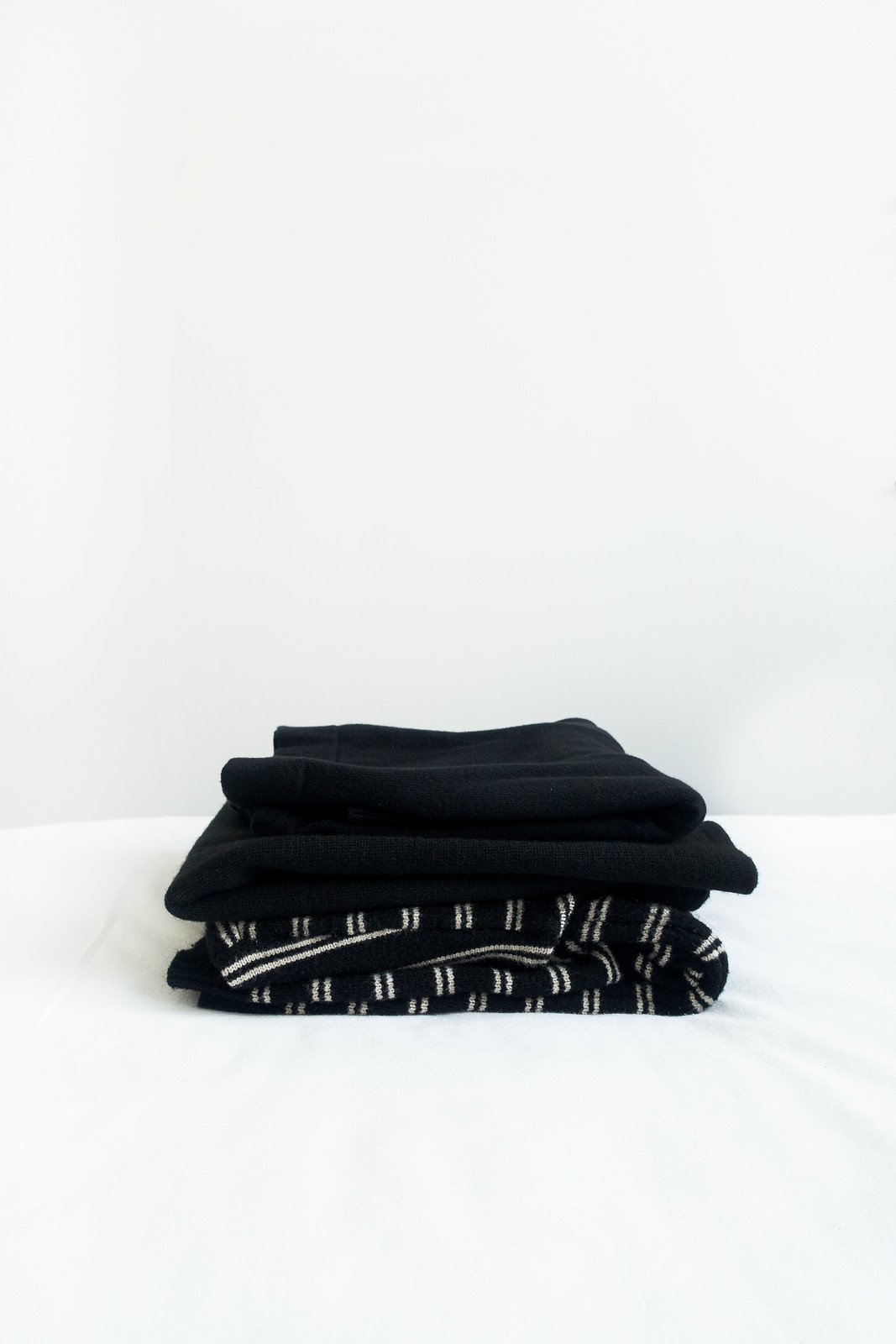
If you’re making steps towards becoming a more conscious consumer and are searching for ways to make your wardrobe more sustainable; buying pre-loved items is one of the easiest and most environmentally-friendly ways you can shop. The benefits of second-hand shopping are overwhelming, not just for you but for the planet. It also happens to be more affordable, reduces waste, and puts money back into the community. It’s a win-win for all of us.
We buy and discard way too much. A crucial habit shift we all need to make is to switch from buying new to always looking for a second-hand alternative first. There are plenty of good-as-new items still with their tags on, in their original box, looking as pristine as the day they were made, ready and waiting for one of us to buy them. Shopping second-hand gives these unwanted items a new life, and creates a more circular economy.
I fell out of the habit of buying pre-loved items because I’m particular about my style and couldn’t always find what I wanted. I’ve circled back round to this habit after committing to a year of buying nothing new. The reality is: we discard too much stuff, way too much stuff; the only solution is to buy less and buy second-hand.
If you’re new to shopping second-hand, need some tips on where to look and how to score a bargain, or even if you’re a keen thrift shopper; I wanted to share what I’ve learned about shopping second-hand, online and in-person, so you have more chance of finding exactly what you’re looking for.
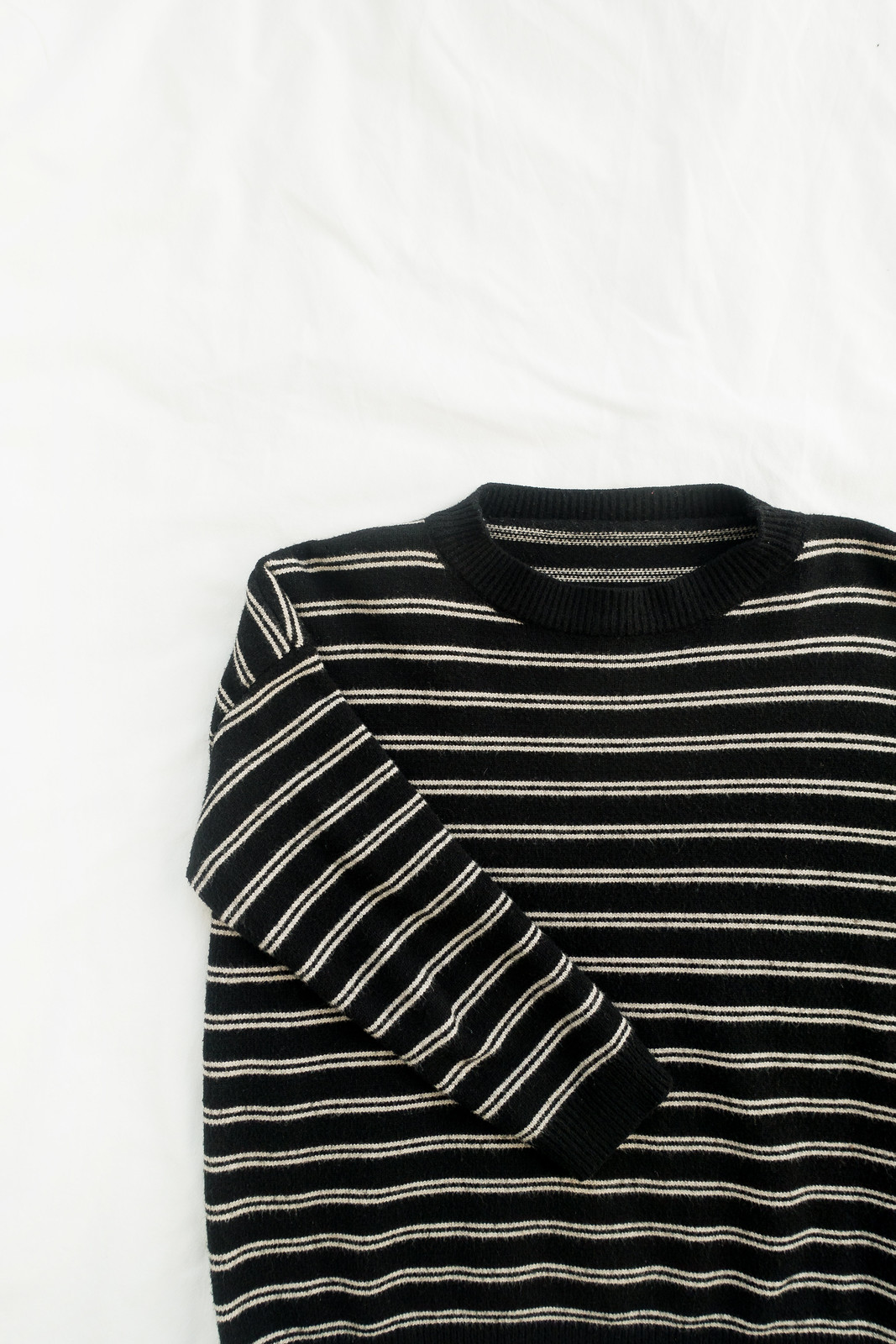
Earmark Favourites
Not all second-hand shops or online reselling sites will be a good fit for you. Some places will have a high turnover of the things you like at great prices, while others will overprice their stock and never have anything in your style. Over time I’ve identified which stores are worth my time and which ones aren’t, and I visit them accordingly - I recommend you do the same. It’ll take a bit of trial and error for you to discover your favourites; you’ll have a better shopping experience once you’ve learned the best places to hit up for clothing, homewares, and others items you might need. One thing I have found useful for making shopping on eBay more efficient is to search by location (I choose UK only), select auction listings, and sort by lowest price or ending soonest. You'll eliminate new items and professional sellers, and uncover more second-hand bargains.
Keep A List
I’ve found keeping a list of items you need or want helps to keep them at the forefront of your mind. It’s easy to get carried away with the bulging rails and overstuffed shelves; having a list focuses your hunt whenever you’re shopping, and you won’t always find what you want first try. If your family or friends are keen thrift shoppers too, let them know what you’re looking for (and vice versa) so you have more eyes looking out for them. This is especially useful if you live in an area that doesn’t tend to have a good supply of whatever it is that you need.
Visit Regularly
If you want to score amazing bargains, the key is to visit regularly and shop often. That might sound contrary to the ‘buy less’ mindset but I’m not encouraging you to buy often, just to keep a regular look-out if you’re on the hunt for something specific. Shopping in person is a little more time-intensive whereas shopping online bumps up the cost with delivery charges. Whichever way you prefer to make your purchases, get into the habit of regular searches. Make a detour to pop-in your local second-hand shops whenever you're nearby; stock gets turned over relatively quickly and you’ll have more chance of finding what you want. Check online marketplaces and classified ads, and set up alerts for specific items so you get notified when someone has listed something you’re looking for you; it takes a little bit of the effort out of searching.
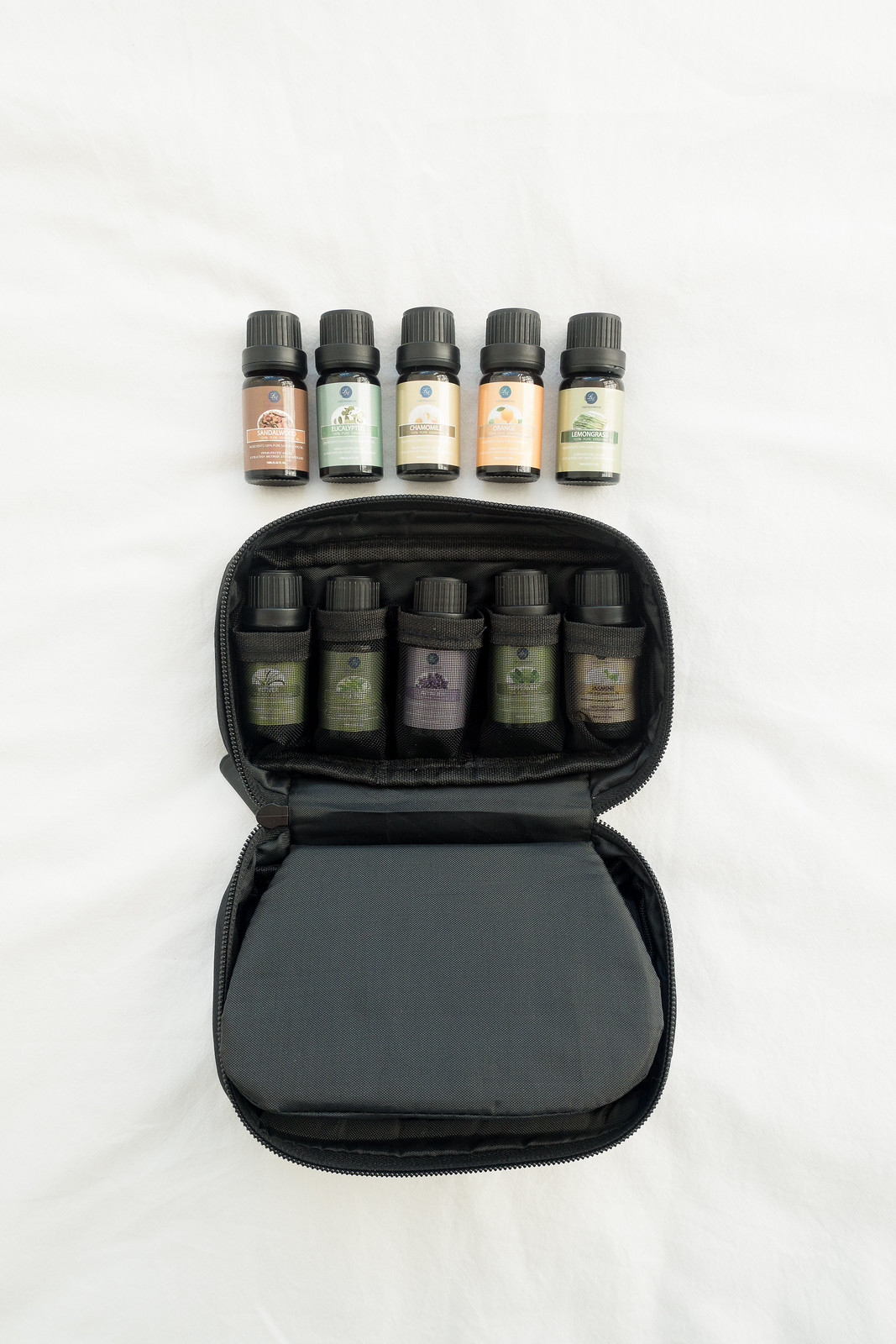
Check Labels
Materials are important so always check the label (or ask the seller to do it for you). True vintage clothing tends to be made from better quality materials while high street brands are cheaper and less durable, but there will be exceptions to that rule. Synthetic materials like polyester shed microplastics and should be avoided. They don’t feel nice to wear either, which is another reason to avoid them. Delicate fabrics require a lot more care than easy-going ones like cotton and linen so make sure you can commit to looking after the items once you’ve purchased them. Get into the habit of feeling everything, you’ll soon learn how to identify quality fabric just by touching it.
Try Things On
Don’t get hung up on size labels; try on anything you like the look of because it’s the fit that matters not a number on the label. Vintage clothing tends to run smaller than the label lets on, and we're all familiar with the vanity sizing of modern brands. This gets tricky with second-hand websites and marketplaces. Most sellers don’t offer returns on ill-fitting garments so your options are: take a risk or only purchase items from brands you’re familiar with and know what sizes are going to fit. I’m cautious about buying clothes online and only look for certain brands in styles I know will fit, otherwise I stick to shopping in-person to avoid disappointing purchases and wasted money. A tip I find useful, if you're looking for on-trend pieces; visit the store in question, try the item on, and then look for your size pre-owned.
Don’t Overpay
A lot of vintage clothing shops and antique stores will hike up the prices because they know the popularity of one-of-a-kind items. The reality is these are worn items and should be priced accordingly. Finding things in your style may, unfortunately, come at a higher price. Certain brands, especially sustainable ones, hold their value on reselling sites so you’re less likely to score a bargain. I have a rule of never paying more than half the retail price for pre-owned items, and even then they have to be in excellent condition. It can be easy to get swept up in bidding wars or become enamoured with a vintage one-of-a-kind piece; know your top price and stick to it.
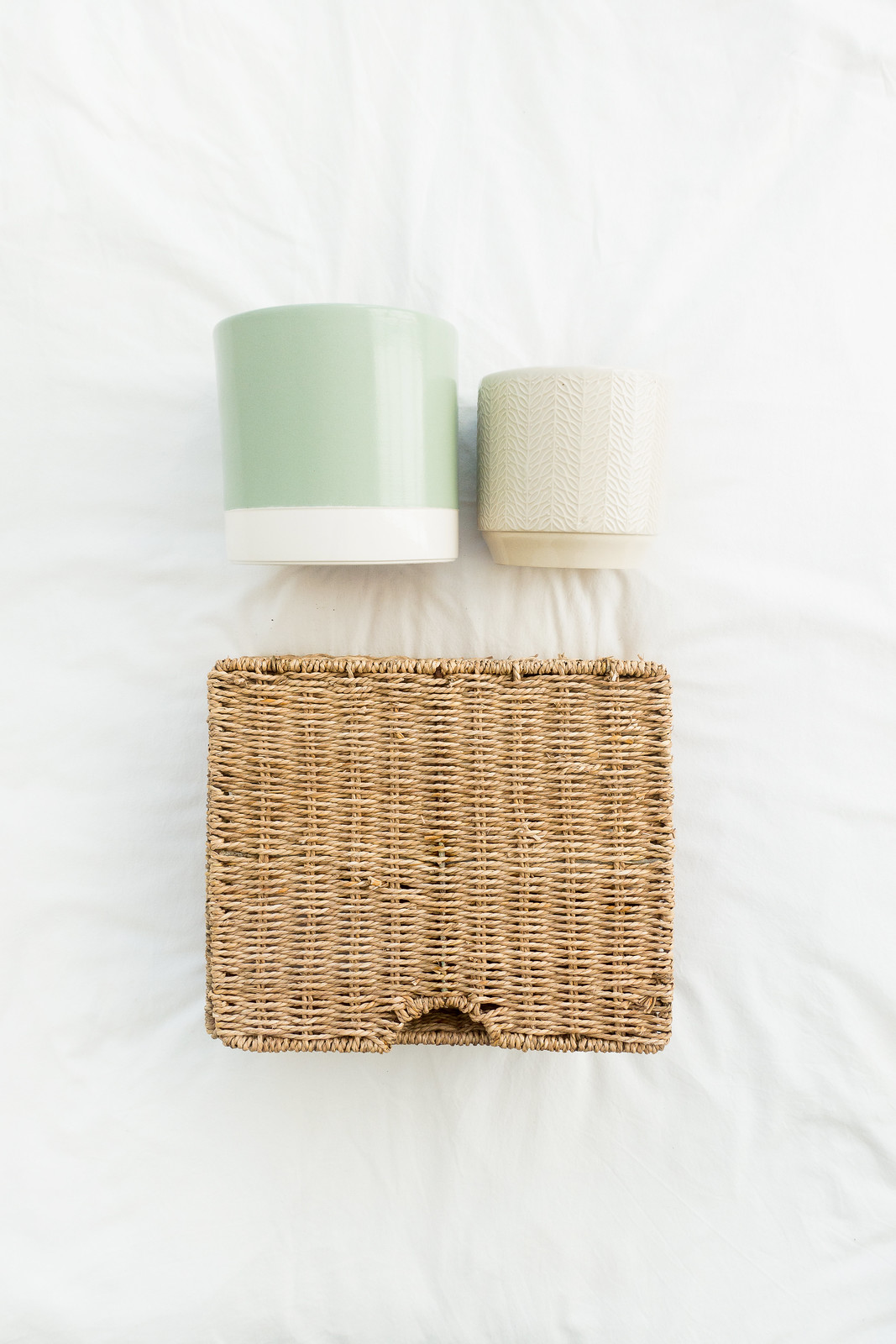
Swap With Friends
When we think of buying second-hand goods often the first thing we think of is charity or thrift shops and online auction sites. Buying pre-loved items doesn’t have to begin and end with strangers; borrowing, gifting, and trading with friends or family is a useful way of getting your hands on the things you need. I offer up any of my unwanted items to friends and family first before listing them online or donating them to charity. Relocating these unwanted belongings by directly putting them into the hands of someone who wants them is a more mindful way to declutter, and who knows, you might get your hands on that friend’s dress or coat you’ve been coveting for years!
Be Patient
If you’re looking for something specific, you’re going to have to be patient. Sometimes things pop up like magic just when you need it, other times you’ve got to wait it out. I’ve experienced the joy of finding exactly what I needed at the exact moment I searched for it - it feels like fate (even though I don’t believe in it)! I’ve also experienced the annoyance and frustration of months of fruitless hunting for a specific piece of clothing or rare book. It’s the luck of the draw, and you’ll need endless patience if you’re committed to finding something unwanted and pre-loved. You’ve got to prepare yourself to leave empty-handed more often than not.
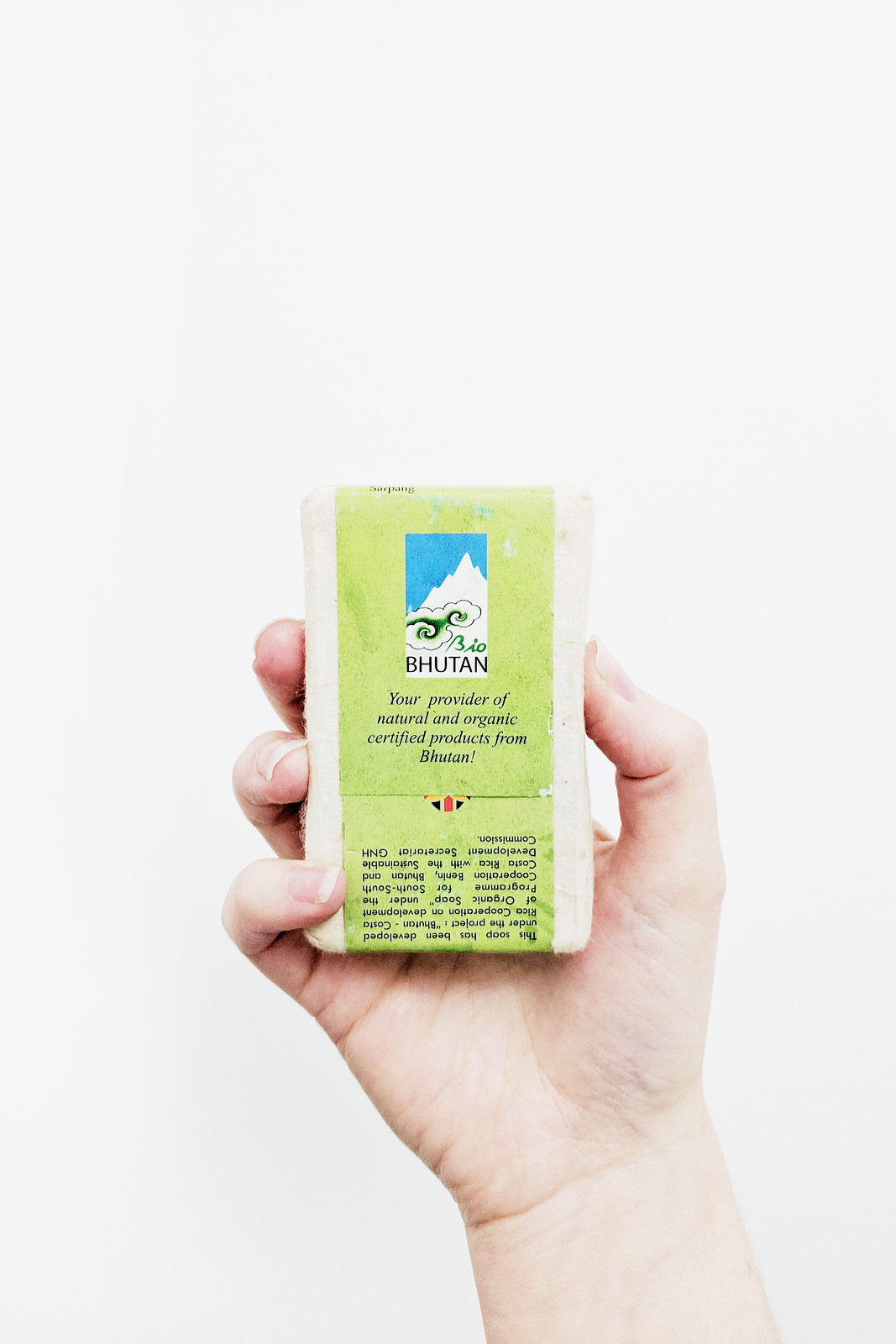
Where To Shop Second-Hand
• Charity/thrift shops, car boot fairs, and jumble sales
• Online auction sites: eBay, eBid, Bumblebee Auctions
• Online classified: Depop, Craigslist, Gumtree, Shpock, Preloved, VivaStreet
• Specialist second-hand retailers: CEX, Game Exchange, Music Magpie
• Second-hand dealers and pawn stores: Cash Converters, Cash Generator
• Online marketplaces: Amazon Marketplace, Facebook Marketplace
• Refurbished stock: Amazon, Apple, GAME
• Free goods: Freecyle, Freegle
Where are your favourite places to shop?
What’s the best bargain you’ve got?
Pin This Post:
